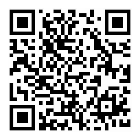ISO 9241-14-1997 辦公用視覺顯示終端(VDTs)的人類工效學(xué)要求 第14部分:菜單對話
作者:百檢網(wǎng) 時間:2021-07-16
中文標(biāo)準(zhǔn)名稱:辦公用視覺顯示終端(VDTs)的人類工效學(xué)要求 第14部分:菜單對話
英文標(biāo)準(zhǔn)名稱:Ergonomics requirements for office work with visual display terminals (VDTs) - Part 14: Menu dialogues
標(biāo)準(zhǔn)類型:A25
發(fā)布日期:1999/12/31 12:00:00
實施日期:1999/12/31 12:00:00
中國標(biāo)準(zhǔn)分類號:A25
國際標(biāo)準(zhǔn)分類號:13.180;35.080;35.240.20
適用范圍:This part of ISO 9241 provides conditional recommendations for menus used in user-computer dialogues to accomplish typical office tasks. The recommendations cover menus presented by various techniques including windowing, panels, buttons, fields, etc. These recommendations can be utilized throughout the design process (e.g., as guidance for designers during design, as a basis for heuristic evaluation, as guidance for usability testing). Interface design depends upon the task, the user, the environment, and the available technology. Consequently, ISO 9241-14 cannot be applied without a knowledge of the design and use context of the interface and it is not intended to be used as a prescriptive set of rules to be applied in their entirety. Rather, it assumes that the designer has proper information available concerning task and user requirements and understands the use of available technology (this may require consultation with a qualified ergonomics professional as well as empirical testing with real users). Although this is an International Standard, some of the conditional recommendations are based on Latin-based language usage and may not apply, or may need to be modified, for use with a different language. For example, in right-to-left languages those conditional recommendations oriented towards left-to-right reading may need to be modified and adapted. In applying those conditional recommendations that assume a specific language base (e.g., alphabetic ordering of menu options, compound titles), care should be taken concerning the intent of the standard when translation is required to a different language. The recommendations relate to the three major design components of user interfaces, i.e., dialogue, input, and output. Dialogue design determines the way in which a user is guided by the system to make inputs and influences the amount of control the user has over the dialogue. The dialogue should be designed to support the user in his/her actual work without the user being bothered by additional work caused by system peculiarities. Menu dialogue design is covered in this part of ISO 9241 in terms of designing the menu structure, providing facilities for menu navigation and defining the selection methods for menu options. Input design is concerned with how users input information into the system using various input devices. Menu options can be selected by means of one or more input devices such as an alphanumeric keyboard, function keys, cursor keys, pointing devices and voice (other devices are not excluded) depending on the task at hand and dialogue requirements, as well as on individual preferences. ISO 9241-14 provides conditional recommendations for the use of each of the input devices listed above. Output design is concerned with how data should be presented consistently and perceptibly distinct on the display. ISO 9241-14 provides conditional recommendations for the placement of options and option groups, the structure and syntax for textual, graphic and auditory options and presentation techniques to indicate option accessibility and discrimination. Providing users with the capability to alter the interface to suit their own needs has become a popular approach to software interface design. This is often a desirable feature of the interface. However, providing users with customization capabilities is not an acceptable substitute for ergonomically designed initial menus (i.e., default menus). It should be noted that customization of the menus may result in deviations from ISO 9241-14. Therefore, customization options also should be evaluated with respect to the recommendations in ISO 9241-14.
相關(guān)標(biāo)準(zhǔn)
《GB/T 21294-2014》服裝理化性能的檢驗方法 GB/T 21294-2014
《GB/T 31900-2015》機織兒童服裝? GB/T 31900-2015
《DB41/T?263-2014》絮用纖維制品 棉胎? DB41/T?263-2014
《GB 18383-2007》絮用纖維制品通用技術(shù)要求 GB 18383-2007
《GB/T 14576-2009》紡織品 色牢度試驗 耐光、汗復(fù)合色牢度 GB/T 14576-2009
《QB/T 1735-1993》羽絨服裝 QB/T 1735-1993
《QB/T 1196-2012》羽絨羽毛枕、墊 QB/T 1196-2012
《QB/T 1195-2012》羽絨羽毛睡袋 QB/T 1195-2012
《QB/T 1193-2012》羽絨羽毛被 QB/T 1193-2012
百檢能給您帶來哪些改變?
1、檢測行業(yè)全覆蓋,滿足不同的檢測;
2、實驗室全覆蓋,就近分配本地化檢測;
3、工程師一對一服務(wù),讓檢測更精準(zhǔn);
4、免費初檢,初檢不收取檢測費用;
5、自助下單 快遞免費上門取樣;
6、周期短,費用低,服務(wù)周到;
7、擁有CMA、CNAS、CAL等權(quán)威資質(zhì);
8、檢測報告權(quán)威有效、中國通用;
客戶案例展示
相關(guān)商品
相關(guān)資訊

最新資訊
版權(quán)與免責(zé)聲明
①本網(wǎng)注名來源于“互聯(lián)網(wǎng)”的所有作品,版權(quán)歸原作者或者來源機構(gòu)所有,如果有涉及作品內(nèi)容、版權(quán)等問題,請在作品發(fā)表之日起一個月內(nèi)與本網(wǎng)聯(lián)系,聯(lián)系郵箱service@baijiantest.com,否則視為默認(rèn)百檢網(wǎng)有權(quán)進行轉(zhuǎn)載。
②本網(wǎng)注名來源于“百檢網(wǎng)”的所有作品,版權(quán)歸百檢網(wǎng)所有,未經(jīng)本網(wǎng)授權(quán)不得轉(zhuǎn)載、摘編或利用其它方式使用。想要轉(zhuǎn)載本網(wǎng)作品,請聯(lián)系:service@baijiantest.com。已獲本網(wǎng)授權(quán)的作品,應(yīng)在授權(quán)范圍內(nèi)使用,并注明"來源:百檢網(wǎng)"。違者本網(wǎng)將追究相關(guān)法律責(zé)任。
③本網(wǎng)所載作品僅代表作者獨立觀點,不代表百檢立場,用戶需作出獨立判斷,如有異議或投訴,請聯(lián)系service@baijiantest.com



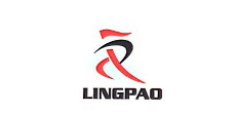
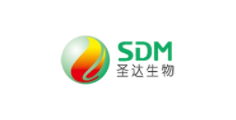
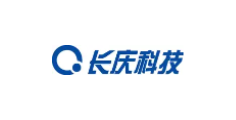

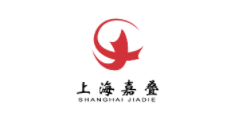
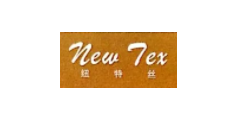
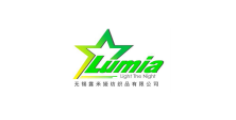
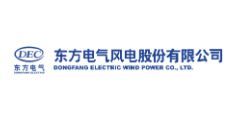


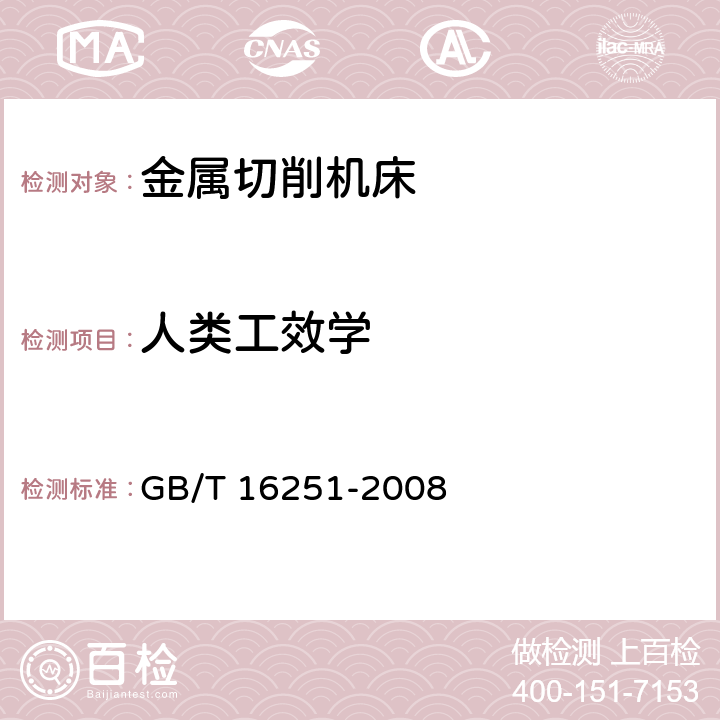
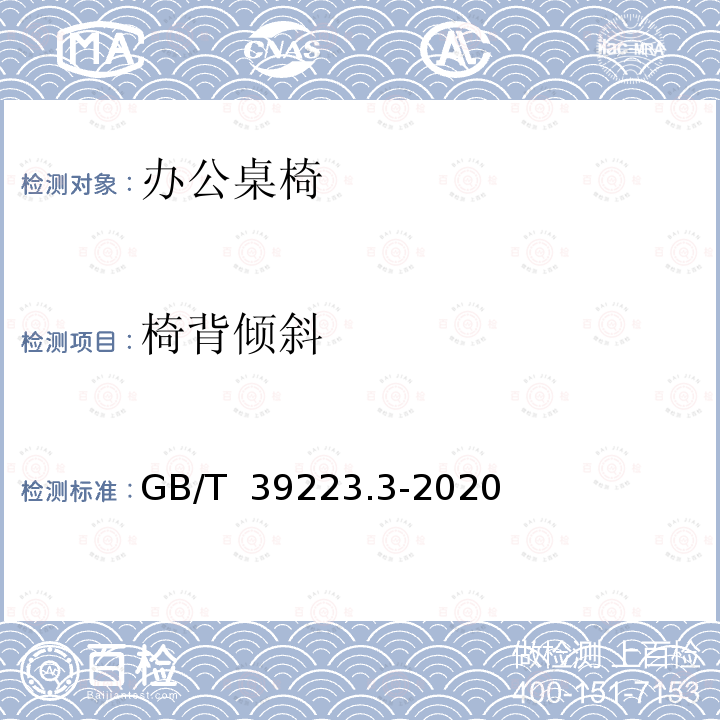
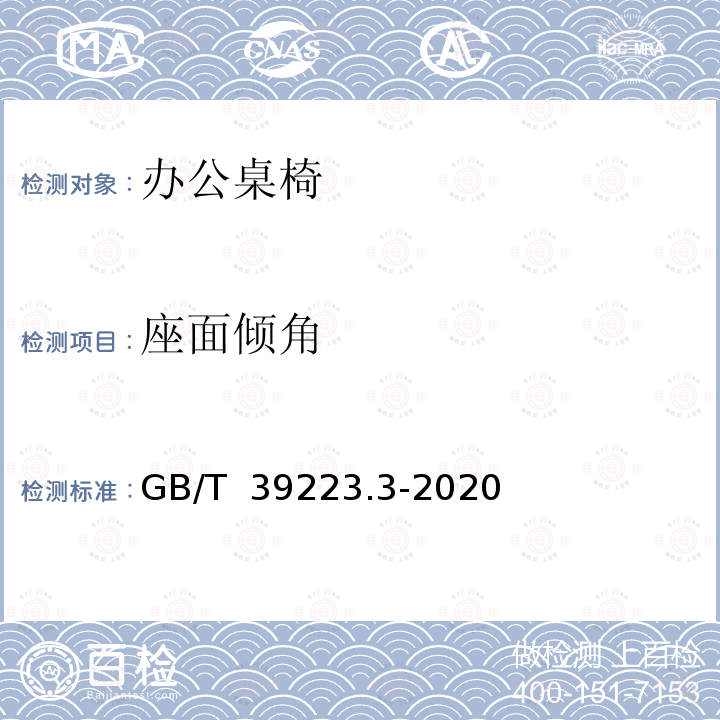
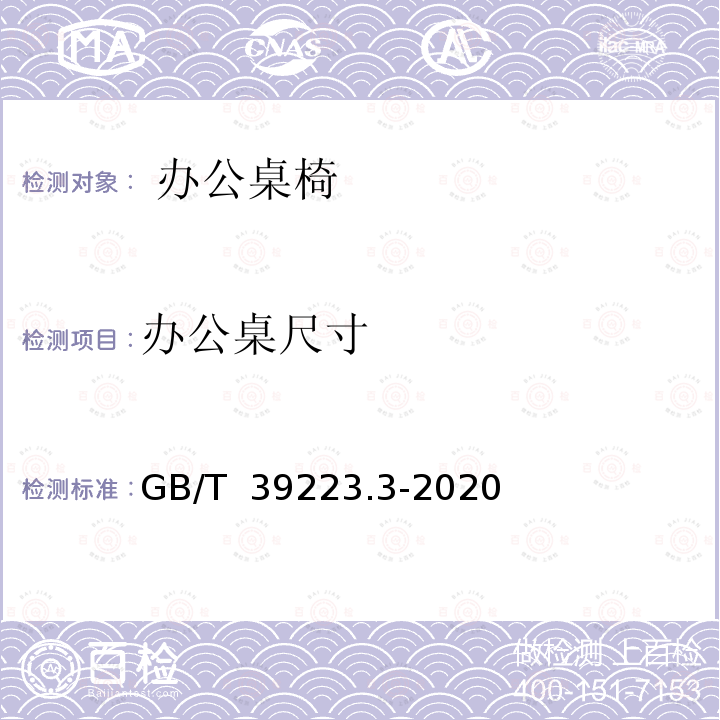
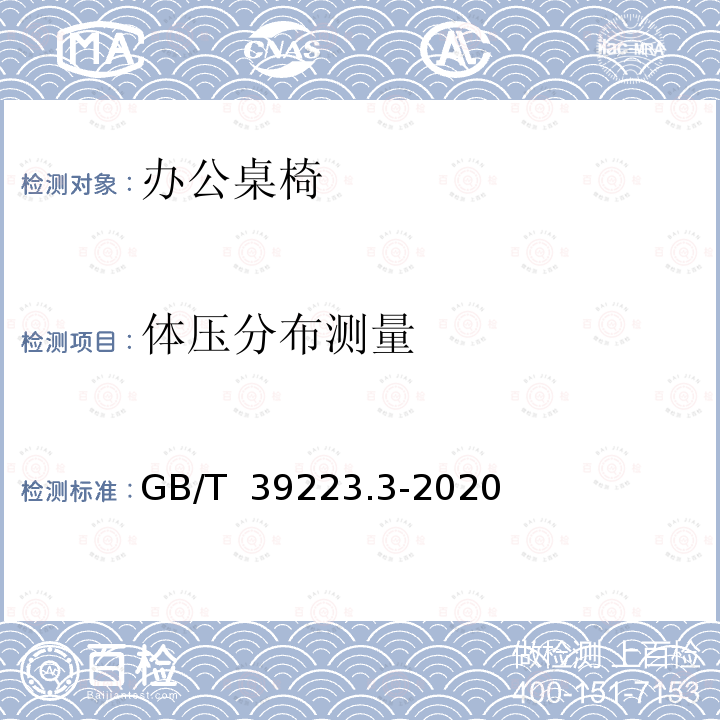
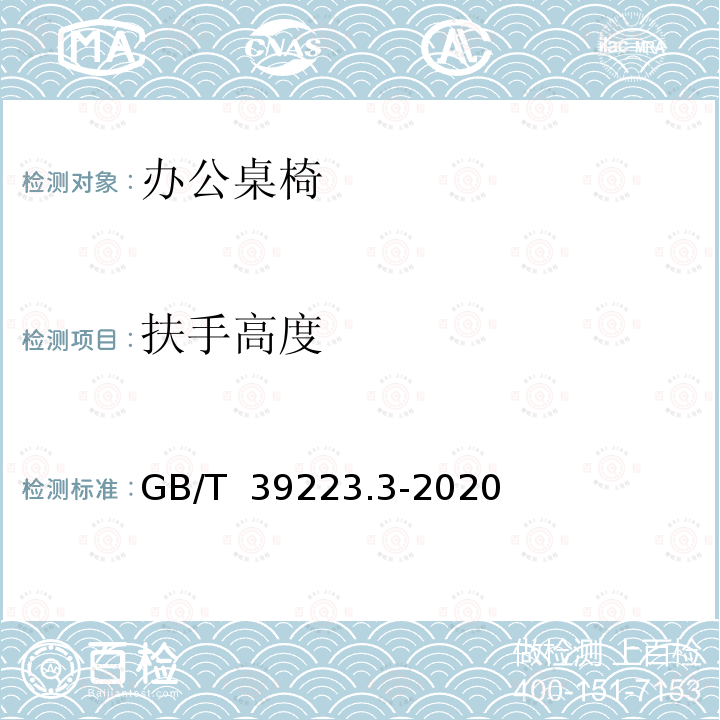
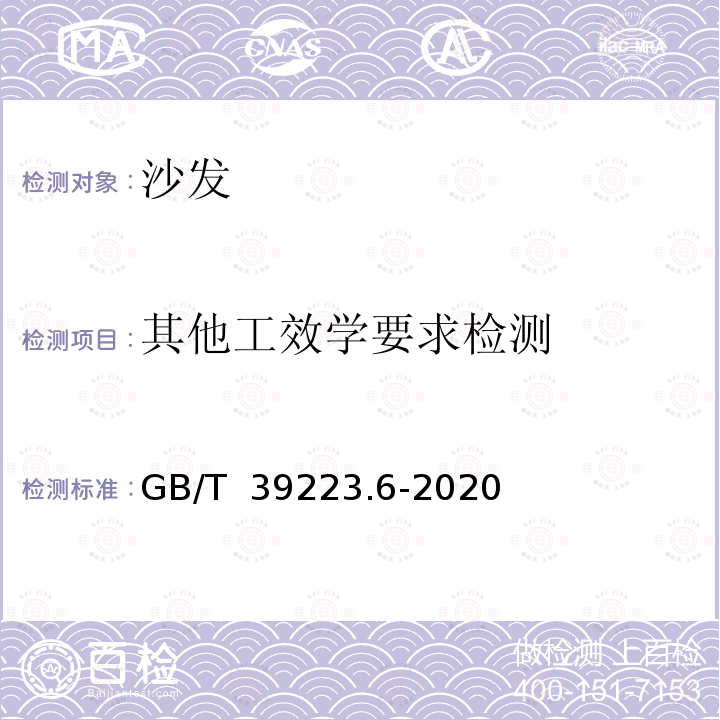
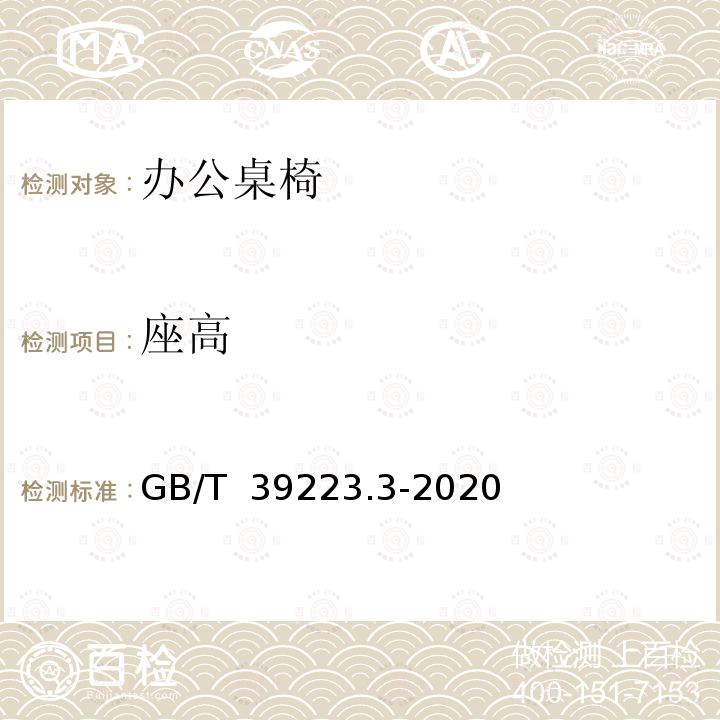

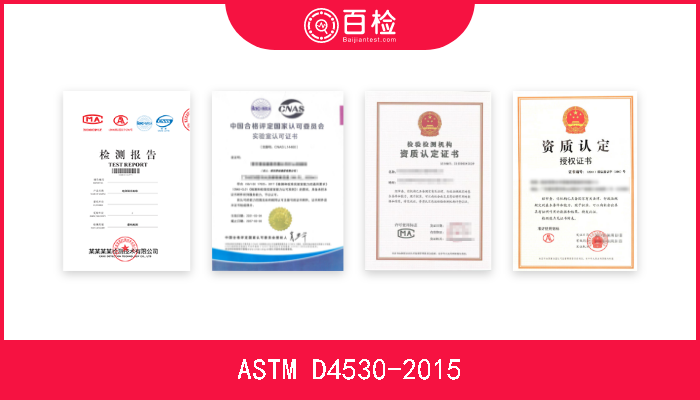
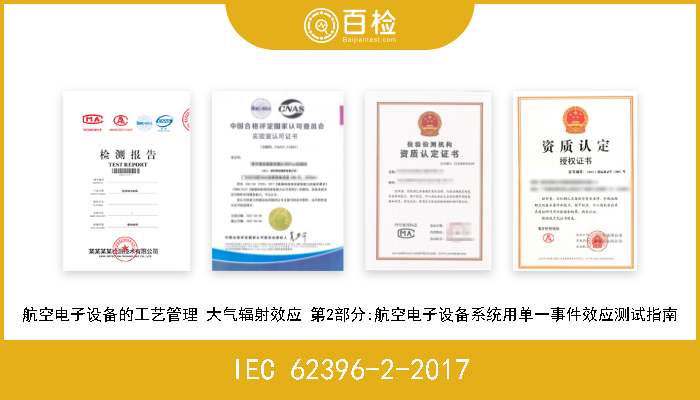
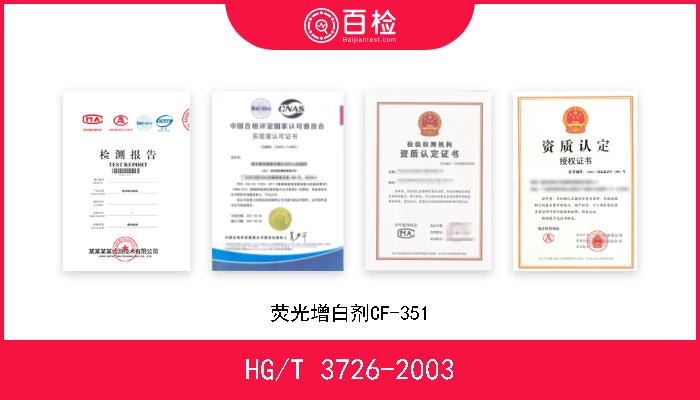
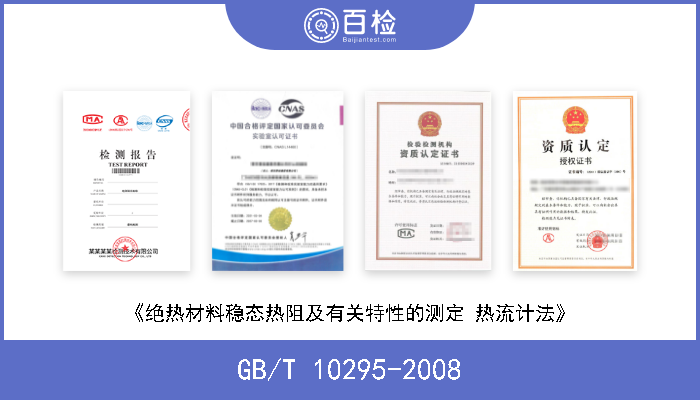


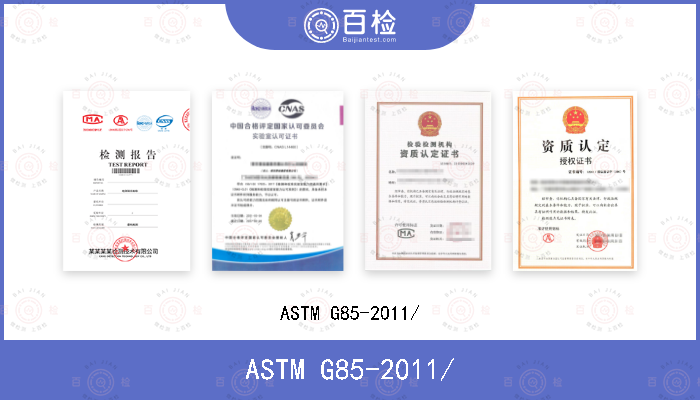
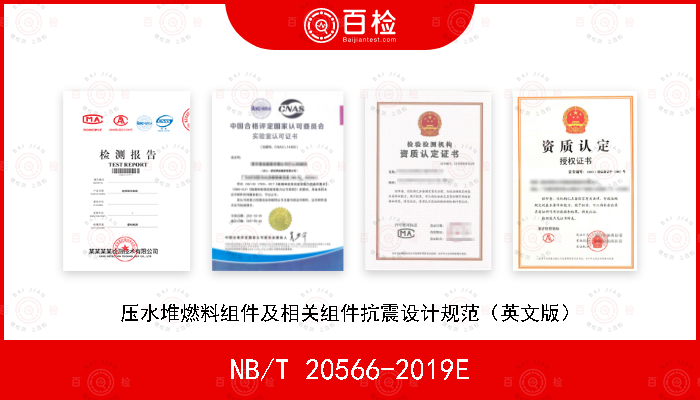



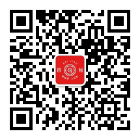
 400-101-7153
400-101-7153 15201733840
15201733840